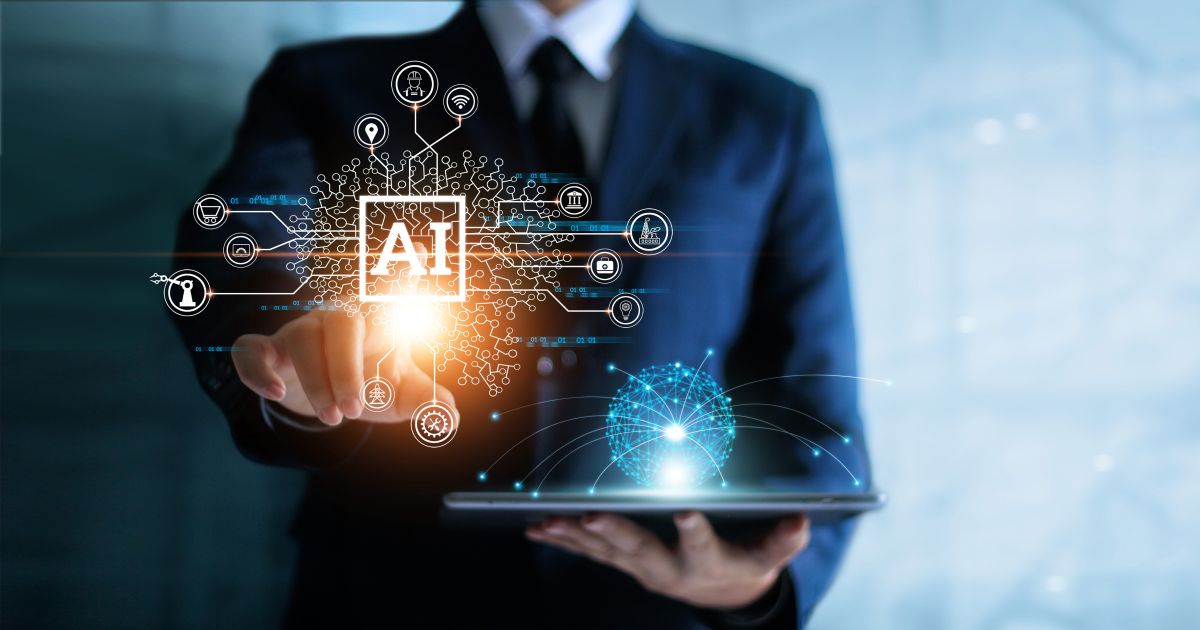2023-05-02
The rise of IoT: How smart devices are transforming our world
What is IoT or Internet of Things?
The Internet of Things (IoT) refers to the interconnected network of physical devices, vehicles, buildings, and other objects that are equipped with sensors, software, and network connectivity that allows them to collect and exchange data.
From smart homes to smart cities: the impact of IoT on urban life
IoT can be used in diverse environments such as smart homes, cities, transport systems, healthcare, and agriculture, among others. IoT enables the automation of many tasks and the collection of data that can be used to optimize operations, reduce costs and improve decision-making.
The Internet of Things (IoT) has taken off in recent years and is expected to transform the way we live, work and interact with technology. The potential value of IoT is great and growing. By 2030, McKinsey estimates that this market could reach $12.5 trillion globally.
The human factor: How IoT is changing the way we live, work, and interact
Smart homes are one of the most important applications of IoT, allowing homeowners to control and monitor their homes from anywhere using a smartphone or other internet-connected device. IoT devices such as smart thermostats, lighting systems, and security cameras can be controlled remotely, making it easier to manage energy consumption, improve home security and create a more comfortable living environment.
How IoT is revolutionizing healthcare
IoT is also transforming the healthcare industry, enabling remote patient monitoring and real-time data collection. Physical activity tracking devices and smartwatches are increasingly used to monitor vital signs such as heart rate, blood pressure, and sleep patterns. This data can then be analyzed to identify patterns and potential health problems, allowing for early intervention and improved outcomes.
What impact does IoT have on the manufacturing industry?
IoT is also transforming manufacturing, with the use of sensors and connected machines enabling more efficient and streamlined production processes. By monitoring machine and equipment performance in real-time, manufacturers can identify potential problems and take corrective action before they become major issues.
Improving logistics using IoT technologies
In the transport industry, IoT is transforming the way goods and people move. Connected devices such as GPS tracking devices and sensors are used to track the location and condition of goods in transit, while intelligent traffic management systems help reduce congestion and improve safety on the roads.
Future perspectives on IoT and artificial intelligence
In the future, IoT devices will be able to collect and process data in a much smarter way, thanks to machine learning and artificial intelligence algorithms. This will lead to increased automation and personalization of services.
How can htss help?
The htss team has professionals with technology expertise dedicated to providing you with custom solutions tailored to your unique business needs. Whether your organization needs guidance on cybersecurity, cloud computing, or digital transformation, we have the expertise to find the most effective and appropriate solutions.




